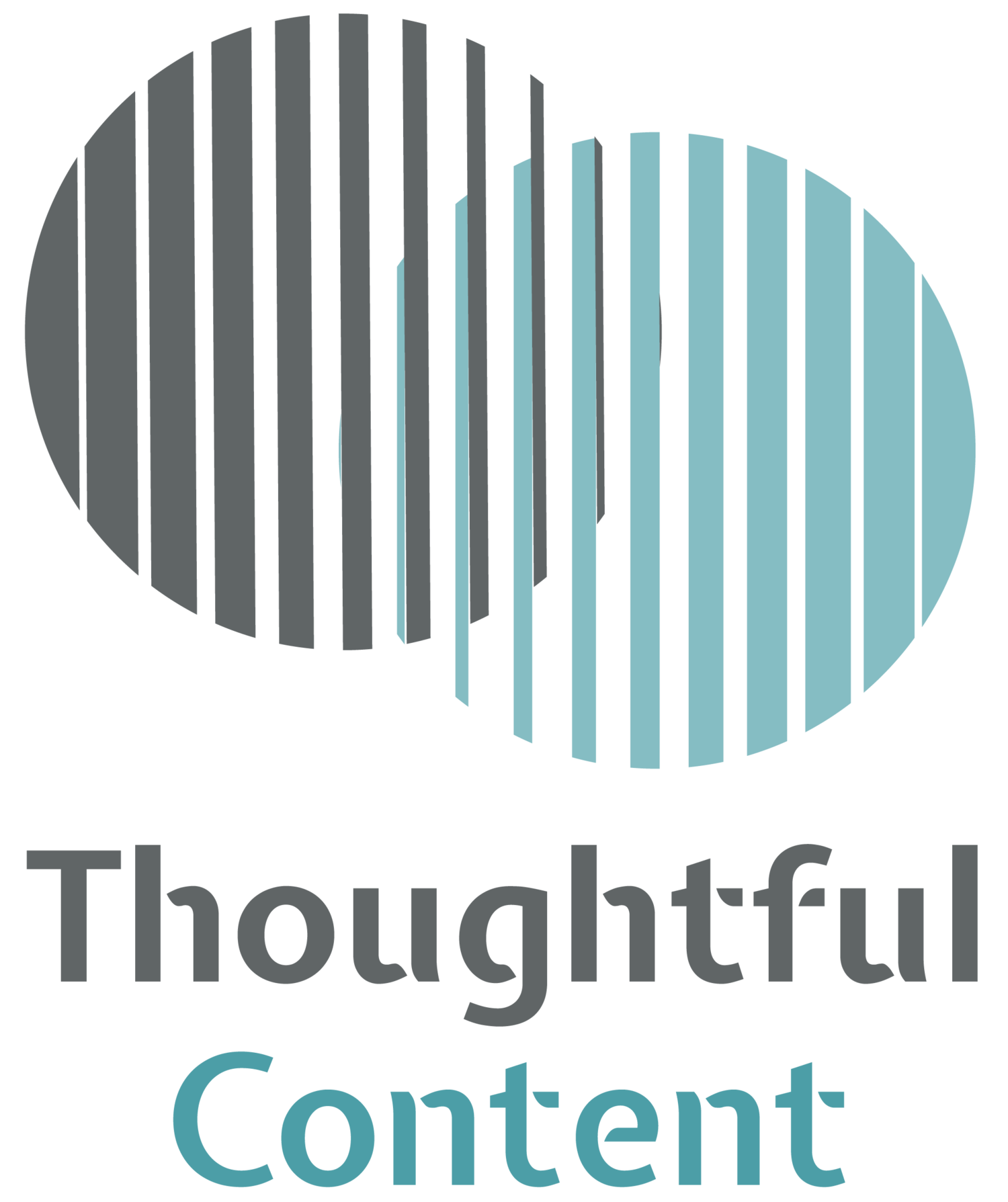Guest blog: Navigating the world of stem
By Adama Saccoh
Adama Saccoh is founder of TCIM - a blog that aims “to motivate people and educate them in a slightly non-conventional way on the different life science careers out there.”
Careers are a small part of who we are, yet it becomes so easy to tie an identity to a specific path at a very young age. I am a strong advocate for people making choices and have been proud to share a range of diverse profiles while also challenging the stereotypes of science in creative ways such as in my blog post, “ The Science Graduate to Love Island Pathway” .
The Catalyst In Me (TCIM) started as a means to understand the choices available to life science graduates outside of the big three: Medicine, Biomedical Science and Academia. The great question faced by many graduates is deciding the exact next steps.
The Challenges of deciding “what next”
Choosing a life science degree opens up a wealth of opportunities. The people interviewed on TCIM have shown that getting a job in this sector can follow the rare straight forward path or as I like to describe a “Journey”: building experience through working in different jobs , volunteering and more recently creating your own projects.
The career sector in the UK is quite rigid where decisions are made without proper experience in each field. As an entry level graduate, you are also stuck in the loop of rejections due to lack of experience. TCIM tries to highlight this in each profile with tools on navigating a quite exhausting space. The profiles have been a personal source of motivation with an interview from Elicia Fyle as a Scientific Officer inspiring me to find my role as a research technician.
The not so straightforward pathway of Adama Fullah who was a Pharmacovigilance Consultant for a few years and went on to pursue graduate medicine to Dr Lynn Asante Asare who after completing a PhD wanted more direct patient contact so also chose medicine are massive indicators of not letting time dictate your journey .
On the other side we have seamless examples like Dr James Bolaji who in his words on his PhD Journey
“ …wanted to get the doctor title and was also quite young after doing my BSc and really wanted to get most of my studying out of the way before working” - James Bolaj( Medical Science Liaison)
to Josie Mensah-Kane ( Data Scientist) who gained an interest for coding through internships that then led to her masters in bioinformatics and her current journey.
The pressure of choosing the correct next step affects many graduates but TCIM profiles have shown it can take a few years and the need of a support network to properly formulate what a good career looks like for you . This could be through setting out your non-negotiables (e.g salary, remote working, career progression and more).
“One thing I have always been sure of is that I would never want to work in a role that involves bringing and dragging my working responsibilities back home with me. What is done at work should stay at work.” - Deborah ( Graduate Research Associate)
Lack of diversity
The early years post graduation can be daunting and challenging for many. It’s the first time you are thrown into the real working world, navigating the challenges of workplace relationships while carving out a space to be noticed in your chosen field. Lack of representation adds a layer of complexity where it can be hard to achieve what you have never seen.
In the TCIM profiles, I haven’t shied away from asking how lack of representation has affected people's journeys. There are some people that can motivate themselves to particular career pathways without direct representation, but after a while they may find themselves unsupported and constantly having a need to overachieve without anyone giving the reassurance of what they do is enough!
“What you may not realise is that not every supervisor or institution will know how to nurture that fire in you. This isn’t your fault but just a fragmented piece of the broken system you happen to find yourself navigating through - Extract from “ Academia is the ghetto- A Letter to my naive self) “
In order to combat lack of diversity, the science field needs to continue working on the biases placed in recruitment and retention. For example, the need to have a PhD to become a science writer as explained in a webinar hosted by Peter LLewellyn of Medcomms . This simple example begins to show cracks where people with a different skill set aren’t allowed to pursue pathways they are perfectly capable of. While some organisations move slowly, TCIM has interviewed many inspiring people changing the face of science.
Tomi Akingbade (PhD student) who was profiled on TCIM during her Bsc years took lack of representation into her own hands by founding BWIS (Black Women In Science Network) and can be found on Tiktok( @tomiandthebrain) alongside other creators profiled like OluwaSeun (Phd Student) who was profiled as a research assistant- (@seuninscience) challenging stereotypes in science.
Further to that other people interviewed include Sam ( Science communicator) , challenging stereotypes through the global science show and Jennifer ( Chief of Staff) , founder of Wenite stem giving an insight into Pharma Careers and collaborating with other organisations to highlight Black Founders in STEM .
What can you do?
Diverse talent is there waiting to be found and nurtured. It will take changing existing structures to welcome the much needed change and benefits of a diverse work environment in health communication.
Fnd out more: thecatalystinme.com

